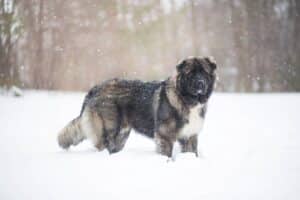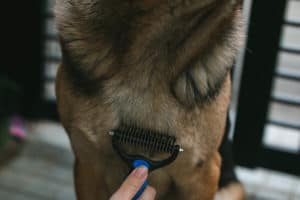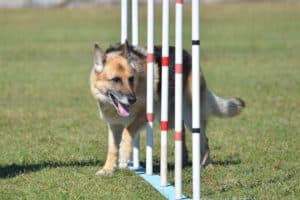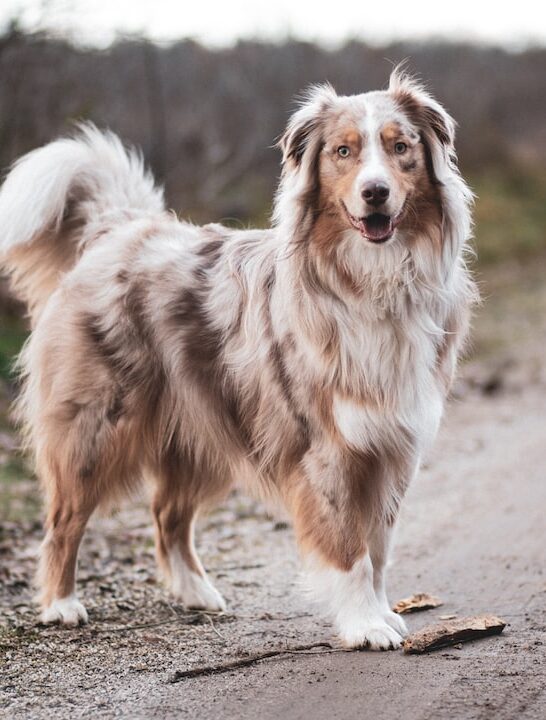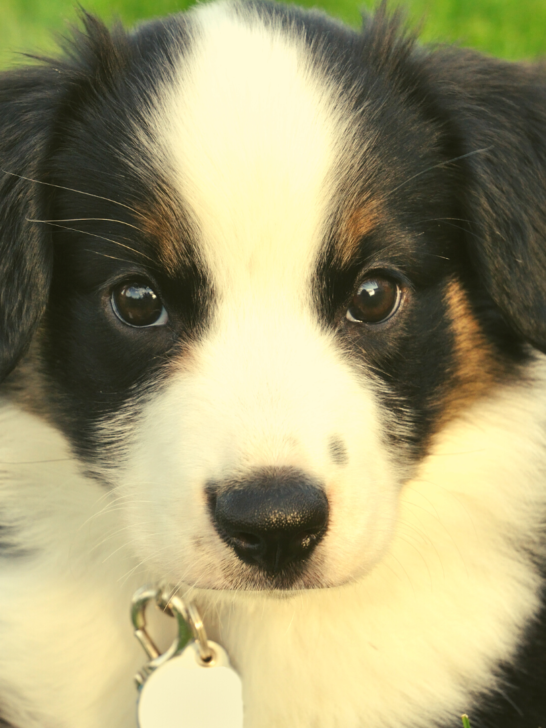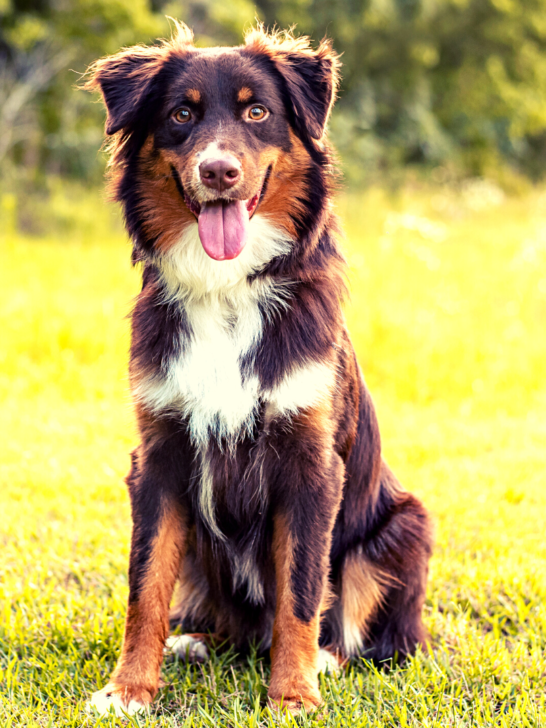Miniature Australian Shepherd: What You Need to Know About These Beautiful Mini Aussies With Tails
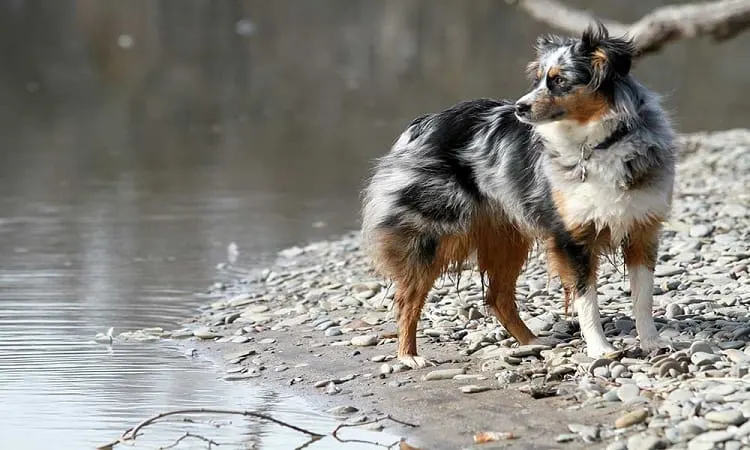
In addition to being herding dogs, Australian Shepherds are also one of the best working dog breeds out there. On top of their incredible breed characteristics, they are beautiful dogs with a variety of colors.
But did you know there are also mini versions of this beautiful breed?
Miniature Australian Shepherds with tails are just as intelligent, good-looking, and an excellent dog breed.
If you’re in the market for a not-so-large version of this dog, then you are in luck.
In this article, we will learn a bit more about Mini Aussies and the common practices with this breed.
History of Mini Aussies
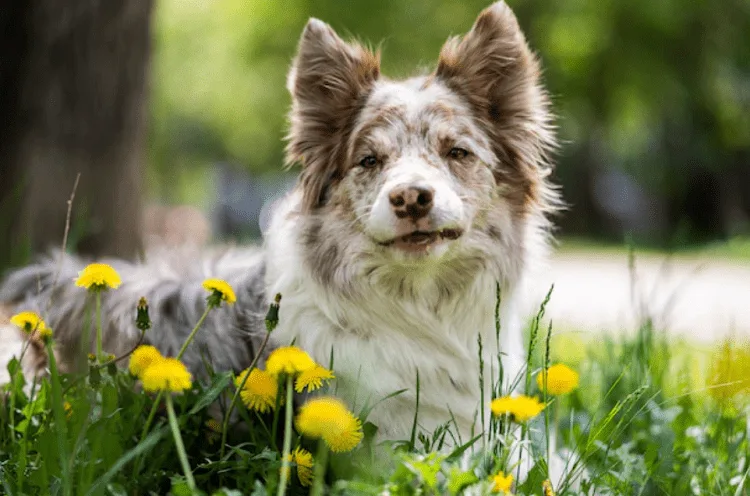
Mini Aussie dogs are a relatively new breed, having only been around since the 1980s. A miniature version of the Australian Shepherds, they were originally bred in California and are now found worldwide.
However, they have quickly become popular companions, thanks to their friendly personalities and compact size.
A Mini Aussie typically stands between 13 and 18 inches tall and weighs between 20 and 40 pounds. They are quite bigger than toy Aussies, which usually stand under 13 inches in height.
They have medium-length coats that can be either straight or wavy and they come in various colors, including black, blue, red, and merle.
Mini Aussies are intelligent dogs that are easy to train. They are also active and athletic, making them great companions for people who enjoy hiking or other outdoor activities.
Mini Aussies get along well with both humans and other pets, thanks to their friendly nature and eagerness to please. Overall, Mini Aussies are loyal and loving companions.
Are Miniature Australian Shepherds Born With Tails?

Yes, absolutely. Most Mini Aussies are born with either a short bobtail or long tail, later docked or shortened by a veterinarian. However, some breeders are now breeding Mini Aussies with natural or undocked tails.
Many believe that Mini Aussies with natural tails are more athletic and agile than their docked counterparts. There isn’t any standard length for an undocked tail.
Ask your breeder about this option if you’re interested in getting a Mini Aussie with a natural tail.
Why Are Aussie Tails Docked?

One physical characteristic that sets Mini Aussies apart from their standard-sized cousins is their tails.
Around 80% of Australian Shepherds are born with long tails that reach down to their hocks (the bony protuberance on the back legs just above the dog’s feet).
However, most breeders will dock (or cut) the tails of Mini Aussie puppies for sale when they are just a few days old.
There are several reasons why breeders choose to dock the tails of a mini Aussie pup.
- Prevention of Tail Injury: Because Mini Aussies are such active and athletic dogs, they are prone to tail injuries. Docking the tail prevents these kinds of injuries from happening.
- For Cleanliness: Mini Aussies with long tails can quickly become dirty. It is especially true if the dog lives in an area with a lot of mud or dirt. Docking the tail keeps the dog’s rear end much cleaner.
- Maintaining the Breed Standard: Many breeders also dock tails to maintain the traditional look of the Mini Aussie. It is essential for show dogs. Docked tails are simply more aesthetically pleasing than natural tails, giving the dog a neater appearance.
- Personal Preferences: Some breeders dock the tail simply because they prefer the look of a docked tail. It is a matter of personal preference and is not based on scientific evidence.
While there are some benefits to docking the tail of a Mini American Shepherd, it is essential to note that this is a purely cosmetic procedure and is not medically necessary.
In fact, some countries have even banned tail docking altogether. If you are considering getting a Mini Aussie, discuss the pros and cons of tail docking with the breeder before making a final decision.
Tail Docking Among Owners and Breeders: Legality and Ethics
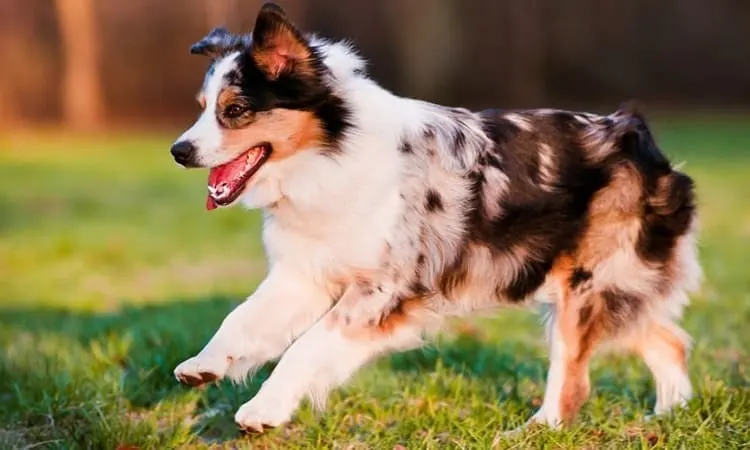
Even though tail docking is illegal in many countries, it is still fairly common among breeders. There is currently no enforceable punishment for those who choose to dock tails illegally.
In most cases, the only consequence is a small fine.
There are a variety of ethical concerns surrounding the practice of tail docking. Many animal welfare advocates argue that it is cruel to dock a dog’s tail simply for cosmetic purposes.
According to a study, there are signs of complications associated with the procedure, which can include chronic pain, psychological harm, sensitivity to touch, and even abnormal nerve growth.
If you are considering getting a Mini Aussie, be sure to do your research on the breeder before making a final decision.
And, if you have any concerns about the ethics of tail docking, be sure to voice them to the breeder before making a purchase.
Only work with reputable breeders who are transparent about their tail docking practices.
A few countries that are currently banning tail docking:
- Australia
- New Zealand
- Sweden
- Norway
- Austria
- Belgium
- Chile
- Colombia
- Greece
- Italy
In the United States, there is no federal law banning tail docking. Tail docking is still legal in most states. However, only Maryland and Pennsylvania have passed laws to ban this practice on dogs.
Do Mini Aussies With Natural Tail Need More Care?

While all dogs need exercise, nutrition, and love, those with tails may require more care than their tailless counterparts.
Dogs use their tails for balance when running and jumping, so it’s important to ensure the tail is in good condition.
In addition, tails can be prone to injury if they’re not adequately supported. For example, if a dog’s tail hits something while wagging, it can cause bruising or even broken bones.
As a result, owners of Mini Aussies with full tails should provide their dogs with plenty of exercises and padded bedding to help prevent injuries.
They may also want to consider investing in a tail insurance policy to help cover the cost of any unexpected vet bills.
Conclusion
While tail docking of Mini Aussies is controversial, many breeders still choose it for cosmetic reasons.
If you are considering getting a Mini Aussie, discuss the pros and cons of tail docking with the breeder before making a final decision.
Please research the breeder before getting a litter of Australian Shepherd puppies and ensure they are transparent about their tail docking practices.
If you have any concerns about the ethics of tail docking, be sure to voice them to the breeder before making a decision.


